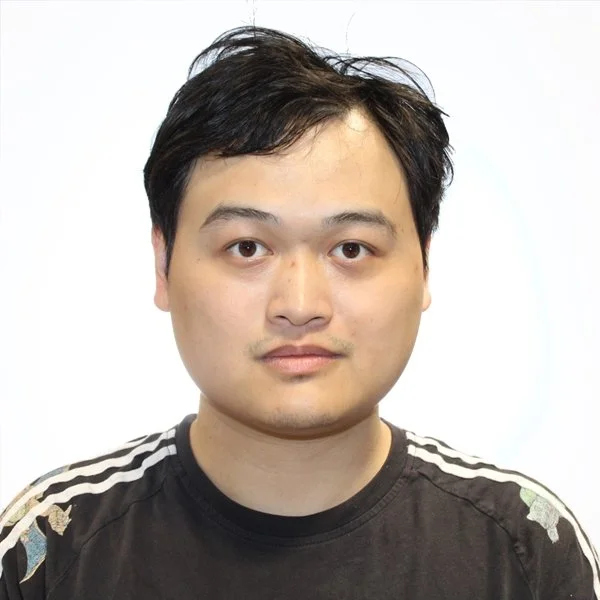
eNERGY TRANSMISSION
The Challenge
With the increasing use of renewable energy sources, which typically do not use synchronous machines to generate power, it is becoming more challenging to maintain grid stability for emergency and day-to-day operational use.
As per National Electricity Rules (NER), inverter-based generators (such as wind and solar generators) must help regulate the frequency and voltage of the grid to maintain grid stability and reliability.
Research on wide-area monitoring and control, grid synchronisation, and damping power system oscillations can lead to improvements in the operation of energy transmission.
WHAT WE’RE DOING
Design of a phase-locked loop (PLL) for inverters that convert power from renewable energy sources into stable energy that can be used on the grid.
By determining the optimal mix of energy sources, which are constantly changing due to weather conditions and other unpredictable factors, we aim to maximize economic benefits while ensuring a reliable power supply to consumers.
Improving grid stability using Phasor Measurement Units (PMUs) to measure and provide accurate and synchronised data in real-time across large geographical areas.
Implementing a controlled islanding strategy to limit the impact of cascading faults, where an event, such as a power outage, triggers a series of additional faults across the power grid, resulting in widespread disruptions.
Damping of power system oscillations caused by factors such as power demand or variations in wind or solar output, by controlling set-points of the controllers for wind and solar plants.
Prof. Arindam Ghosh
Theme Lead
Shuvra Prokash Biswas
Higher Degree Researcher
MEET OUR TEAM
Dr Samson Yu
Co-Theme Lead
Akramul Alim
Higher Degree Researcher
A/Prof Ashish Agalgaonkar
Co-Theme Lead
Yinsong Chen
Higher Degree Researcher
Mudasser Hassan
Higher Degree Researcher








